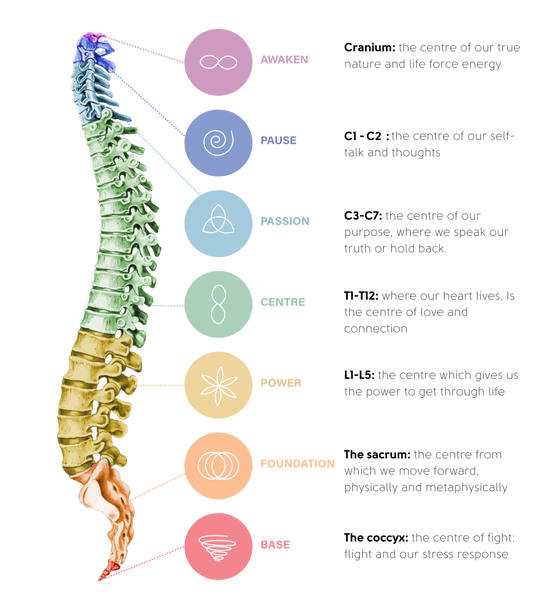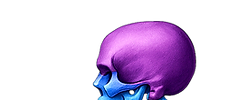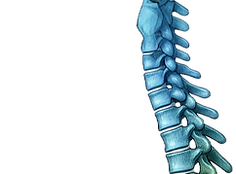Pauli Murphy

Spinal flow Technique
Find inner peace,
Today.
Spinal Flow Technique is a gentle and holistic approach that works with the nervous system to release stress and tension from the spine.
It helps restore natural energy flow in the body,
promotes deep relaxation, healing, and a profound sense of inner peace.



About Me,
Pauli Murphy.
Since discovering Spinal Flow in July 2024, I’ve been passionately immersed in this natural and evolving practice.
As of July 2025 I'm a certified practitioner and have already facilitated over 40 volunteer sessions at my studio in Pwllheli, upstairs at Harbourside Supplies and Services, North Quay.
In April, I attended an incredible week-long immersive training in Barcelona, with 100 fellow students from around the world. The experience deepened my connection to this work and my commitment to sharing it with others.
Feel free to reach out to me at +44-7768-603-365 (call or WhatsApp) for any reason — questions, curiosity, or to book a session.
Spinal Flow is a powerful yet gentle healing modality based on the deep intelligence of the human body. It supports the release of physical, emotional, and chemical stress stored in the spine and nervous system, allowing the body to heal itself — naturally and with ease.The technique involves gentle contact points along the spine, encouraging the flow of cerebrospinal fluid and reconnecting the brain to the body. It’s rooted in the understanding that, under the right conditions, the body can heal itself from anything.
What is the spinal flow technique?
"The power to heal is inside all of us”
7 gateways of the spine
Awaken
The cranium houses and protects the brain — the control center of the nervous system. In Spinal Flow Technique, it plays a vital role as the origin of the brain-to-body communication pathway. Tension here can affect the entire spine and nervous system function.


Awaken
The cranium houses and protects the brain — the control center of the nervous system. In Spinal Flow Technique, it plays a vital role as the origin of the brain-to-body communication pathway. Tension here can affect the entire spine and nervous system function.

Pause
These top two vertebrae, the atlas (C1) and axis (C2), are responsible for supporting the head and enabling a wide range of motion. They also protect the brainstem — a critical area for regulating breathing, heart rate, and consciousness. Misalignment here can greatly disrupt body-wide communication and energy flow.


Passion
The lower cervical spine connects the head to the upper body and shoulders. It controls the nerves going to the arms, hands, and parts of the diaphragm. Tension or stress here may manifest as headaches, neck pain, shoulder stiffness, or even numbness in the fingers.


Centre
The thoracic spine forms the mid-back and attaches to the rib cage. It protects vital organs like the heart and lungs. This area stores emotional tension and is key to breathing, immunity, and posture. Releasing stress here can dramatically improve vitality and emotional well-being.

The lumbar spine supports much of the body’s weight and connects to nerves affecting digestion, reproduction, and elimination. This is a common site for lower back pain and physical tension. In Spinal Flow, this area is vital for grounding and stability.
Power



Foundation
The sacrum is a triangular bone at the base of the spine, connecting the lumbar spine to the pelvis. It plays a key role in the flow of cerebrospinal fluid and houses nerve pathways linked to reproductive organs and emotional grounding. It is one of the foundational zones in the Spinal Flow Technique.

Also known as the tailbone, the coccyx anchors pelvic muscles and supports balance and alignment. It’s often affected by falls or prolonged sitting. Though small, its energy connection to the spine makes it important in releasing deep-seated tension.
Base



What to expect from a session.
Each Spinal Flow session is tailored to your needs
-
A brief discussion before and after the session
-
20 minutes on the massage table - heated if desired
-
You remain fully clothed
-
Gentle touches along the spine — from the neck to the sacrum — and occasionally on the feet or back of legs.